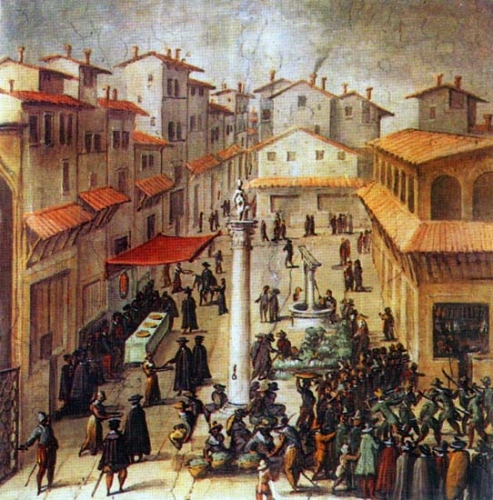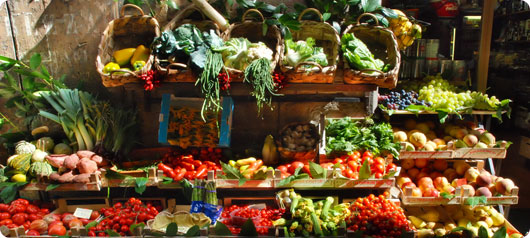Roman Catholic Cardinals are now meeting in Italy to begin selecting a new pope. This esteemed group of gentlemen, for there is not a woman among them, will face many unsolved problems in the Church.

Chief among the difficult issues facing the next Holy Father will be the sexual abuse of children by priests, the noncompliance of the Vatican Bank with international monetary regulations, the stabilization of relationships with Islamic spiritual leaders, the recognition of women’s universal rights as well as massive internal security leaks to name only a few of the troubling topics.
It is the hope of many that the Cardinals’ papal choice will open the windows of the Vatican to the 21st Century, embracing as a result, both change and diversity – just like the Italian dish “Uova al Purgatorio”, also known as “Eggs in Purgatory”.
 The heritage of this dish begins in Spain and North Africa where both Moorish and Jewish cooks called the dish “shakahouka”.
The heritage of this dish begins in Spain and North Africa where both Moorish and Jewish cooks called the dish “shakahouka”.
These innovative kitchen masters were among the first in the Old World to adopt the tomatoes, paprika, and chili peppers brought back from the New World by Spanish explorers. They also quickly added the eggplant -- which was brought from India by Portuguese merchants.
But sadly, many other individuals did not share their creativity, their ability to accept the new and explore its possible applications. Indeed, many felt that these new foods, all of which are contained in “Eggs in Purgatory”, were “vulgar and rustic” foods – unworthy of the upper classes.
 As a result, these new culinary delights were enjoyed only by the lower classes, into which both Jews and Arabs had been forced by royal degrees as early as the 16th century in both Spain and Italy.
As a result, these new culinary delights were enjoyed only by the lower classes, into which both Jews and Arabs had been forced by royal degrees as early as the 16th century in both Spain and Italy.
Yet slowly over time tastes changed. By 1891 the Italian Pellegrino Artusi wrote, “Forty years ago, one hardly saw a tomato, an eggplant or fennel in the markets of Florence. They were once considered vile and foreign.”
Thankfully things have changed as proven by such now popular dishes as “Eggs in Purgatory.” Let us hope that the red robed Princes of the Church are not lost in a ‘purgatory’ of their own creation, frozen in tradition, unable to see the new ’ingredients’ offered by the 21st Century – a century crying for change and ready for a broader, richer, more inclusive spiritual menu.

Your Culinary World copyright Ana Kinkaid/Peter Schlagel 2013






















